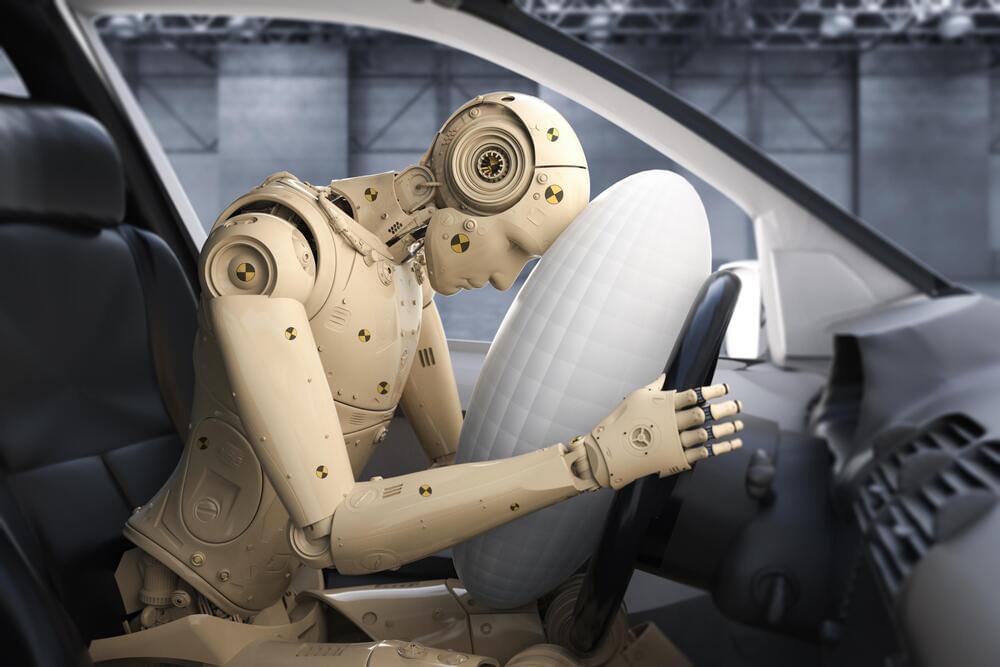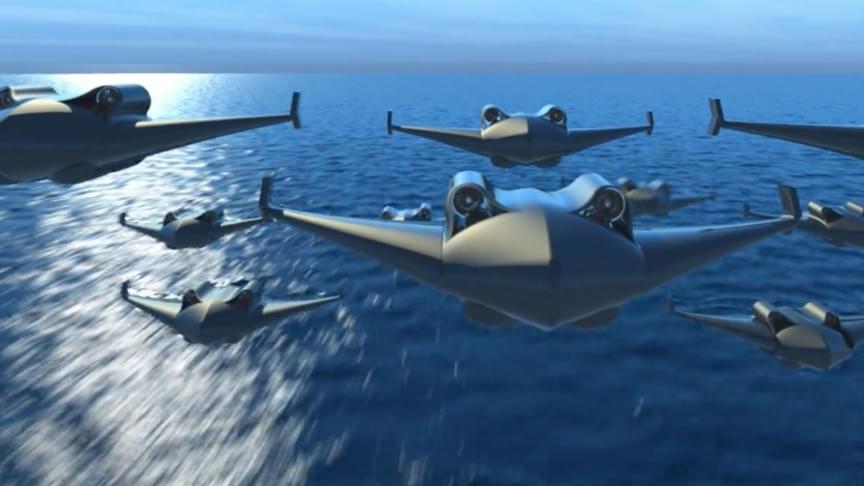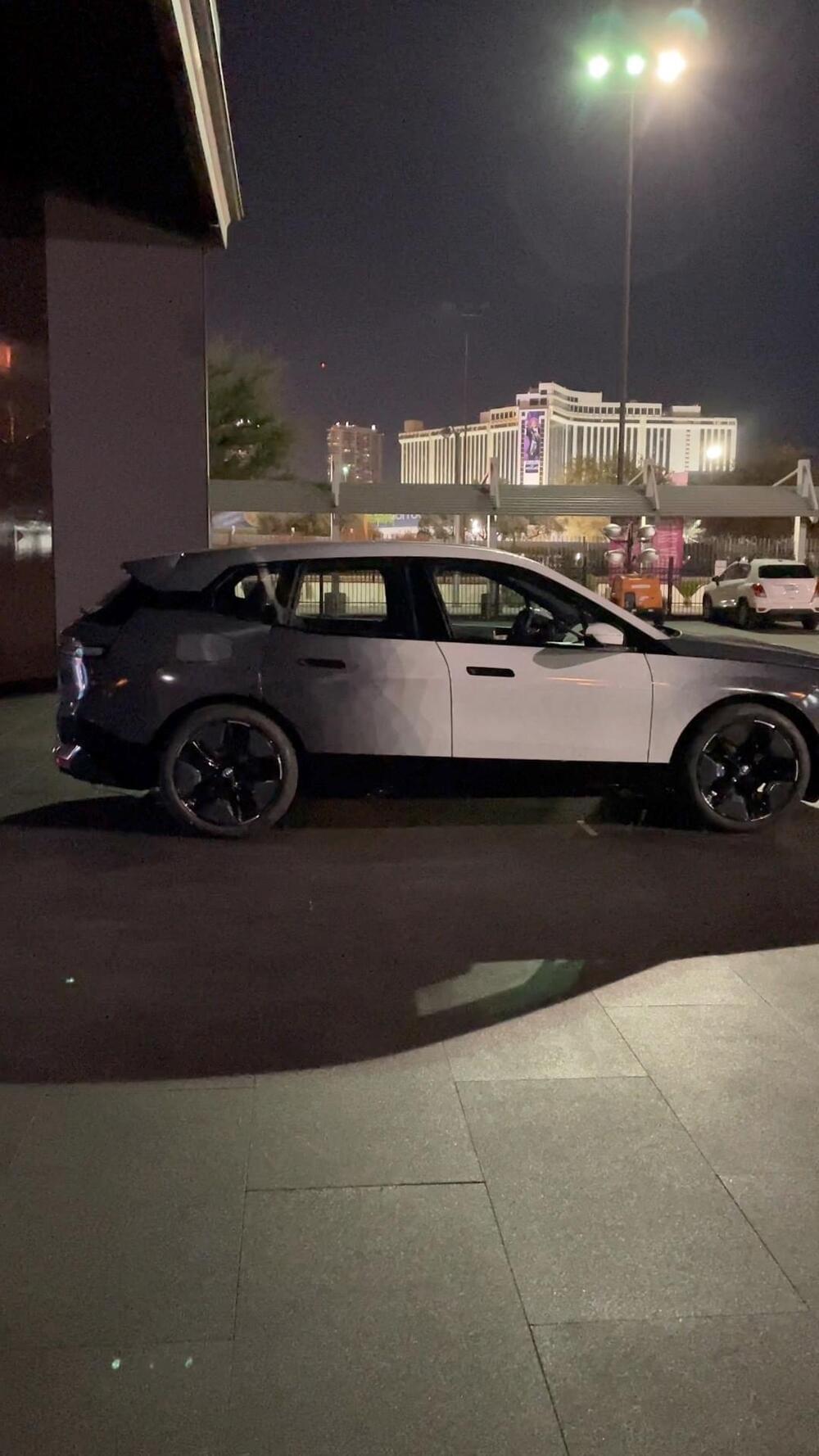An EV may be your next tow vehicle — and the options just keep getting better.
If you’re looking for the best EV for towing a trailer or boat, you’re in luck. There are more electrified cars and trucks available in the automotive marketplace today than ever before, and quite a few are engineered to tow some substantial weight.
A complete compendium of those EVs offering maximum trailer weight ratings of at least 1,500 pounds could go on forever. You don’t have forever, so we rounded up a representative group of the electric vehicles available today that offer maximum trailer weight ratings ranging from 1,500 to 10,000-plus pounds. One of these smart and powerful EVs just might be your best EV that can tow.






